As I stood there in my driveway, staring at a stubborn tar spot on my Jeep’s paintwork, a thought crossed my mind: could WD-40 really be the answer to restoring my car’s pristine finish? It wasn’t the first time this question had nudged its way into my thoughts. In a world full of car care myths and a toolbox rich in products, the role of WD-40 remains as intriguing as ever. As a former Jeep engineer, I’ve seen firsthand how crucial proper paint care can be in maintaining a vehicle’s value and appearance. But when it comes to WD-40, a product known more for its industrial prowess than for its automotive applications, the conversation becomes all the more complex.
What is WD-40?
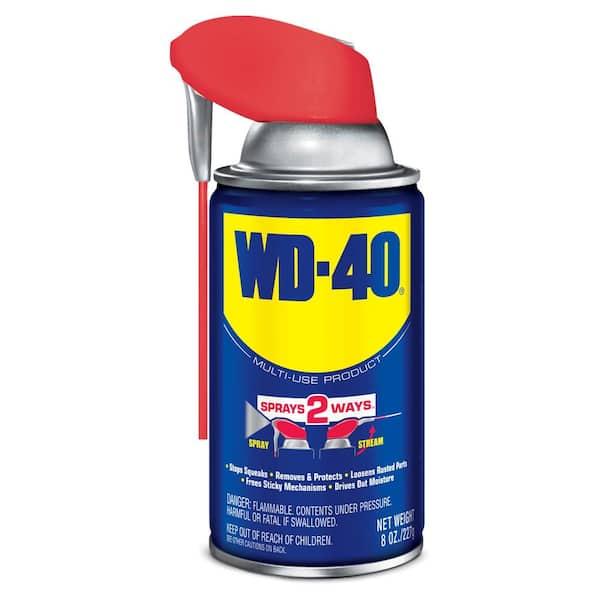
Did you know that WD-40 was originally formulated to prevent rust in the aerospace industry? That intriguing fact is perhaps the most fitting introduction to this versatile product’s legacy. As someone who spent years as an engineer, I often marveled at how WD-40 could find its way into nearly every crevice of mechanical life. Its primary purpose was to stop corrosion in its tracks, and it excelled in that role spectacularly. However, its journey didn’t end there; it transformed into a multifaceted tool benefitting countless applications, especially in automotive contexts.
During my engineering days, I appreciated WD-40 for its versatile applications, but the implications for car paint care weren’t always clear. Understanding its chemical composition is key to safe usage. You see, WD-40 is a blend designed to repel water and moisture while providing lubricant capabilities. These properties make it indispensable in many scenarios, but they also lead to questions about its suitability for car paints.
It’s critical to consider the interaction between WD-40’s chemical makeup and the paint surface of your vehicle. While I’ve seen it remove bird droppings or tar effortlessly, it’s crucial to analyze whether these short-term cleaning gains could later affect the integrity of your car’s paint over time. Herein lies the heart of the matter: knowing when—and how—to employ WD-40 safely on your prized automobile.
Who Uses WD-40 on Cars?
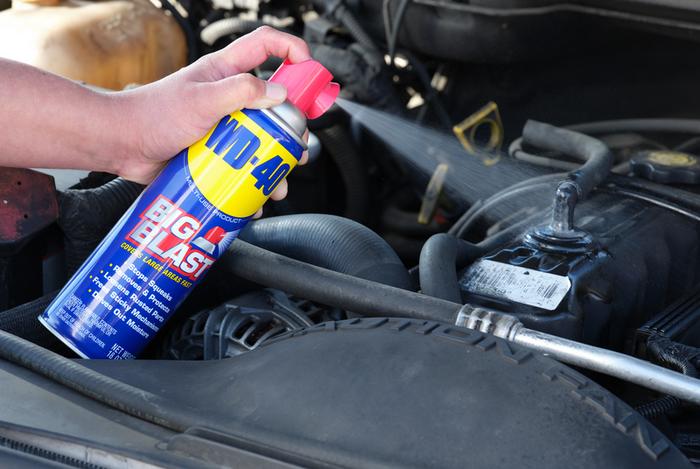
I’ve met countless car enthusiasts who swear by WD-40 for everything from household fixes to automotive detailing. It’s fascinating how wide its applications seem, but one must consider the subtle nuances that come with its use on cars. This leads me to a vital question: what do professional detailers know about WD-40 that the average car owner might not?? Professional detailers, with their keen eye for detail and knowledge of products, often use WD-40 not just as a quick fix but as a strategic tool. They understand its nuances—how it can mask imperfections or help remove stubborn residues without compromising the paint.
In my experience, the key is to differentiate between informed use and risky experimentation. I’ve seen hobbyists turn to WD-40 as a miracle cure-all, only to find out later that it requires careful application. A precise touch can mean the difference between preserving a car’s finish and causing unintended damage. By tapping into the expertise of seasoned detailers, we can unlock the true potential of WD-40, ensuring it serves as an ally, not an adversary, in our automotive care toolkit.
Where Can WD-40 Be Applied on Cars?
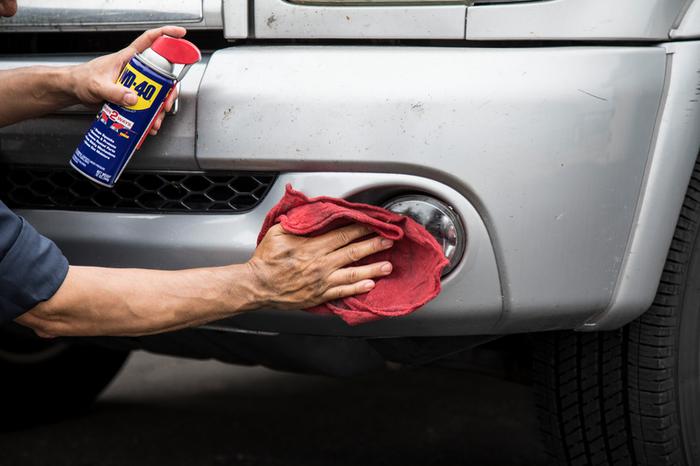
Having worked on various off-road projects, I’ve tackled my share of stubborn grime and road tar. But let me tell you, there’s more to removal than just spraying a quick fix. Knowing the right spots for WD-40 application saves you time and hassle. Are you aware of the best-kept secrets for using WD-40 without harming your car’s finish? Allow me to enlighten you with some insider tips that have made my own projects a breeze.
WD-40 can be a savior when it comes to loosening tight lug nuts and freeing up rusted bolts. Its power to dissolve sticky residues is unmatched, making it perfect for removing tree sap or bird droppings without damaging the paint. I’ve found it particularly helpful for cleaning off road tar, which can be a real menace if ignored. You can also use it to eliminate water spots on chrome surfaces, giving them a sparkling, renewed look.
It’s crucial to target these areas strategically and not just douse your vehicle aimlessly. With WD-40, less is often more, and precision is the key to keeping your car pristine. My experiences have taught me that while WD-40 has countless automotive applications, understanding where and how to use it preserves not only your car’s aesthetics but also enhances its performance components efficiently.
When to Use WD-40 on Car Paint?
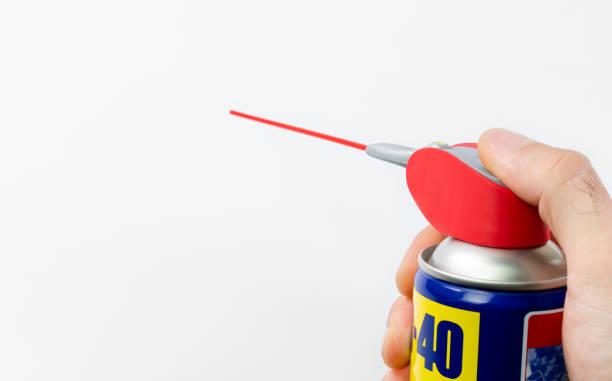
Is there an optimal time for removing stubborn debris without risking your paint’s integrity? As someone who’s taken countless road trips, I know firsthand how bugs can wreak havoc on car paint. Timing your cleaning efforts is pivotal to maintaining that showroom shine. I’ve faced the wrath of bug guts baked by the midday sun, only to find the stains etched into my car’s once-glossy finish.
From my experience, the best time to address these unwelcome guests is as soon as possible, ideally early in the morning or late in the afternoon when the sun isn’t at its fiercest. Direct sunlight can thicken WD-40, making it less effective and potentially leading to streaky results, something I’ve had to learn the hard way. Using WD-40 under the right conditions means you can gently loosen those stubborn spots without harming the paint.
Timing is everything — it allows for a gentle touch, letting WD-40 work its magic to preserve your car’s luster without invoking unintended consequences. My travels have taught me to act swiftly and deliberately, qualities that ensure both the effectiveness of WD-40 and the enduring beauty of my vehicle’s finish. Trust me, when used judiciously, it can make all the difference.
Why Should You Be Cautious?
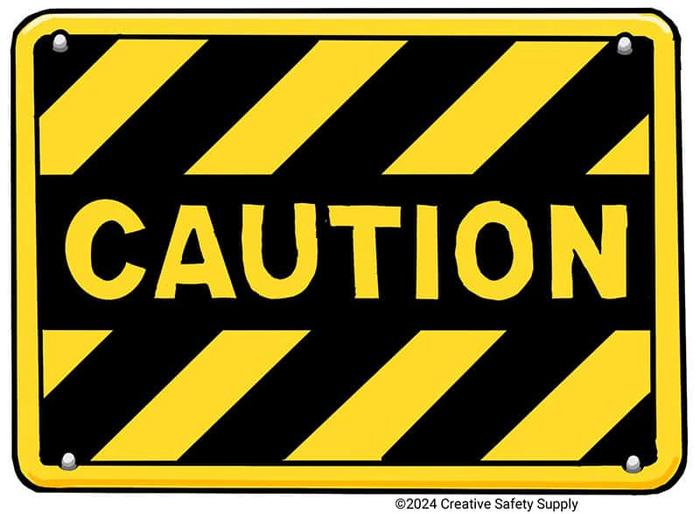
In my years of delving into the intricate world of automotive engineering, I’ve encountered a myriad of misconceptions surrounding WD-40’s use on car paint. While it’s a versatile product, it’s crucial to weigh its potential risks. Could using WD-40 cost you more in the long run if it damages your car’s clear coat? This question isn’t merely theoretical; it stems from real cases where well-intentioned applications led to unintended consequences.
It’s vital to grasp the science behind your car’s finish before reaching for that blue-and-yellow can. Cars today are enveloped in a delicate clear coat, a thin protective layer that safeguards the vibrant paint beneath. WD-40, being oil-based, can jeopardize this critical barrier. In cases I’ve seen, this product, if misapplied, can attract grime, dust, and eventually degrade the clear coat, leading to dullness and vulnerability to scratches. Hence, what seems like a quick fix might morph into a costly repair.
Understanding these risks isn’t about steering clear of WD-40 altogether, but rather about making informed decisions. Consider the condition of your car’s paint, the specific problem at hand, and whether there are more suitable alternatives available. My experiences underscore the importance of prudent application; when in doubt, consult with a professional or conduct a small test in an inconspicuous area. In the realm of car maintenance, a little caution can pave the way for long-term preservation and peace of mind.
How to Use WD-40 Safely on Car Paint?
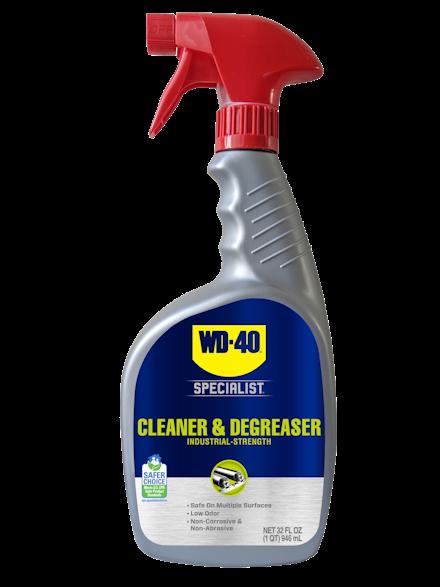
When it comes to maintaining the shine and condition of your car’s paint, knowing how to safely interact with products like WD-40 is crucial. With my technical background, I emphasize that methodical application is key. Let’s dive into the heart of the matter: What are the expert-approved steps to harness the power of WD-40 without harming your vehicle?
First, ensure the car’s surface is clean and dry. Begin by gently washing the area with soap and water to remove dirt. Once dry, apply a small amount of WD-40 on a microfiber cloth, not directly onto the paint. Doing so gives you control over the application, preventing any unintended overspray that might affect other parts of your vehicle.
Next, work the WD-40 into the paint surface using gentle, circular motions. This method helps disperse the product evenly, ensuring it doesn’t linger in one spot, which might cause streaking. I always recommend testing on a hidden area first. This simple precaution can be a lifesaver, especially if you’re working with sensitive paint finishes.
After treating the area, buff it lightly with a clean, dry microfiber cloth to remove any excess and restore the shine. Conclude by waxing or sealing the treated area to safeguard the finish and add a layer of protection against future contaminants.
Remember, while WD-40 can be beneficial, it should be used sparingly and as part of a broader, thoughtful car care routine.
FAQs
Is WD-40 safe to use on car paint?
How should I apply WD-40 to my car paint?
What precautions should I take when using WD-40 on car paint?
Can WD-40 remove scratches from car paint?
Is there an alternative to WD-40 for car paint care?
Conclusion
Is using a product like WD-40 a decision based on necessity or mere convenience? Reflecting on my journey as both an engineer and a writer, it’s clear that knowledge is the best tool in car maintenance. WD-40 can undoubtedly play a role in your vehicle’s upkeep, especially when it comes to tackling tar spots or preventing rust. Yet, understanding its implications on paint is crucial. While it’s not inherently harmful to car paint, overuse without proper knowledge can potentially degrade your vehicle’s aesthetic.
So, should you use WD-40 on your car’s paint? The answer is yes, but with informed caution. Learning where and when to apply it can enhance its benefits without compromising the integrity of your car’s finish. My advice is simple: use WD-40 wisely and make informed decisions to keep your vehicle in pristine condition. This approach will ensure your prized car remains not only operationally sound but also visually appealing for years to come.